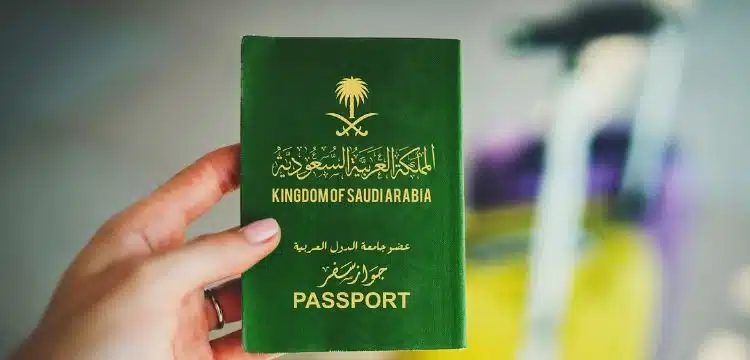[vc_row][vc_column][vc_column_text dp_text_size=”size-4″]
Saudi Arabia has initiated the second phase of its electronic business visit visa program, underscoring its dedication to attracting foreign investments and expanding opportunities for prospective investors. This phase extends the eligibility to countries previously excluded, with Muhammad Aba Hussein, the Undersecretary of the Saudi Ministry of Investment, announcing that foreign investors and employees of foreign organizations can now apply for these visas through the “Invest in Saudi Arabia” platform.
These digitally issued visas, accessible via the Ministry of Foreign Affairs’ unified national visa platform, permit multiple entries within a one-year timeframe. The Saudi government asserts that these visas will facilitate foreign investors in understanding the country’s investment landscape.
Read more : Saudia Arabia opens opportunities for Pakistani medical fields
The introduction of the Business Visit Visa, also known as the “Visiting Investor” visa, now allows individuals to explore Saudi Arabia. This includes the opportunity to investigate various promising sectors, gain insights into its natural resources, and experience its unique geographical and cultural location bridging three continents, according to a statement by Saudi Arabia’s national investment promotion platform.
The statement highlights Saudi Arabia’s position as one of the world’s top twenty economies, active participation in the G20, and substantial influence on the global economy and oil markets.
As part of its Vision 2030, Saudi Arabia is rapidly revising its visa regulations to attract tourists, with the aim of increasing the tourism sector’s contribution to GDP and generating a million job opportunities. The statistics reveal positive growth, with 94 million visits recorded in 2022, a remarkable 93 percent increase from the previous year, resulting in tourism expenditure of SR185 billion ($49 billion).
Saudi authorities anticipate 100 million visits by 2030 and aim to raise the tourism sector’s GDP contribution to 10 percent. In the current year, the country also hosted over 2 million Hajj pilgrims, marking the first significant influx since the COVID-19 pandemic.
It’s worth noting that Saudi Arabia is increasingly opening its doors to the world, providing investment and entrepreneurial opportunities to diversify its revenue sources and reduce dependence on the oil sector, in line with its broader goals.
[/vc_column_text][/vc_column][/vc_row]











